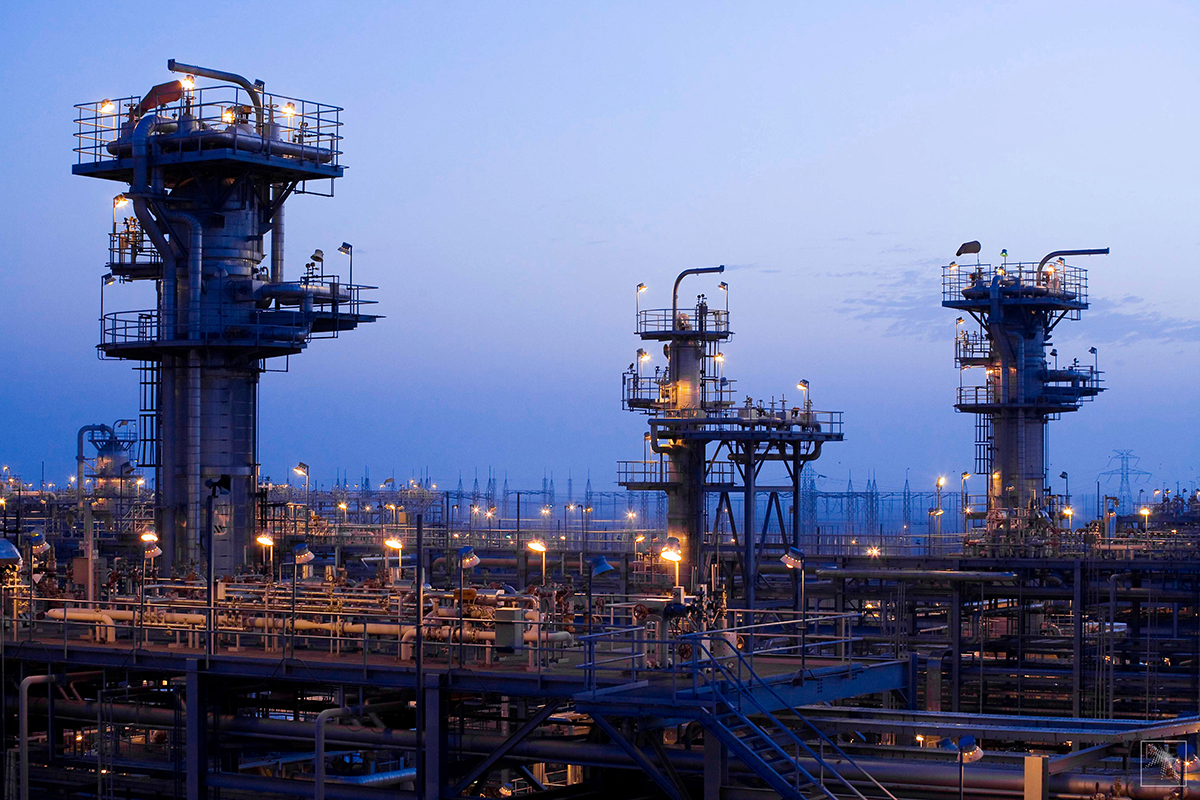Saudi Arabia is starting to see significant growth in its natural gas production after major investments in the sector to increase output.
Saudi Arabia’s dry natural gas production reached an average of 11 billion cubic feet per day (Bcf/d) for the first time in 2020, a 30% increase from 2010, according to the U.S. EIA.
The EIA released a report on Saudi Arabia’s natural gas production, noting that it is standalone natural gas wells growing the industry, instead of associated natural gas production (natural gas produced as a by-product of oil production).
“Oil production cuts related to the December 2016 OPEC+ agreement have reduced Saudi Arabia’s associated natural gas production (natural gas produced as a by-product of oil production). However, the country’s total natural gas output has steadily grown over the past two decades because of the development of non-associated, or stand-alone, natural gas fields,” the EIA said.
Natural gas produced from non-associated gas fields in Saudi Arabia increased from nothing in 2000 to 46% of total production in 2020. In 2016, Saudi Aramco, the national oil company, began to prioritize the development of non-associated gas fields, located mostly offshore.
Saudi Arabia’s growth in the sector has made it the sole supplier of natural gas to Saudi Arabia, the seventh largest natural gas market in the world. The Kingdom does not import or export natural gas.
As Saudi Aramco notes, it’s growth in natural gas supply within the Kingdom in providing domestic customers with gas as a source of energy and as a feedstock “has other advantages; it allows us to free up more crude oil for export and other high value applications.”
As the EIA adds, more is coming online in the Kingdom. “At the end of 2021, Saudi Aramco awarded contracts to energy companies to develop the country’s largest unconventional field, Jafurah, located to the east of Ghawar oil field near the Persian Gulf. The company expects the Jafurah project to begin production in 2025. Saudi Aramco expects that by 2030, the project will have a maximum capacity of 2 Bcf/d of dry natural gas, 418 million cubic feet per day (MMcf/d) of ethane, and 630,000 barrels per day of condensate.”









